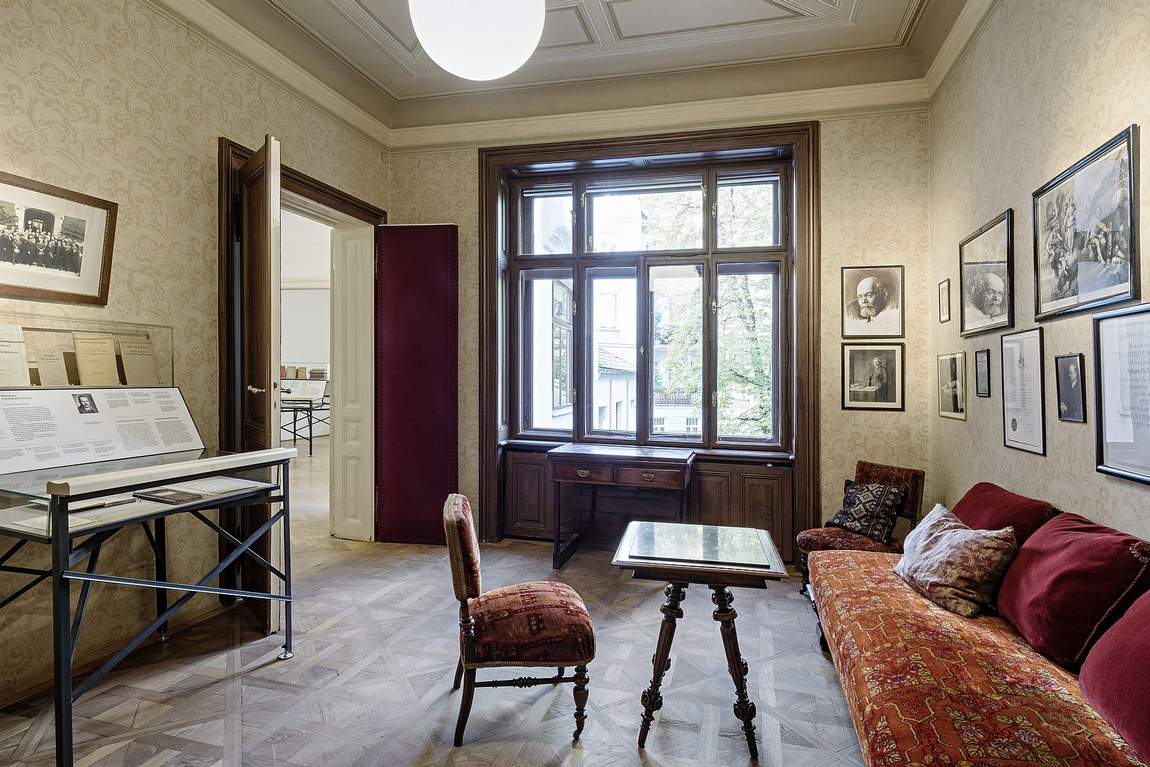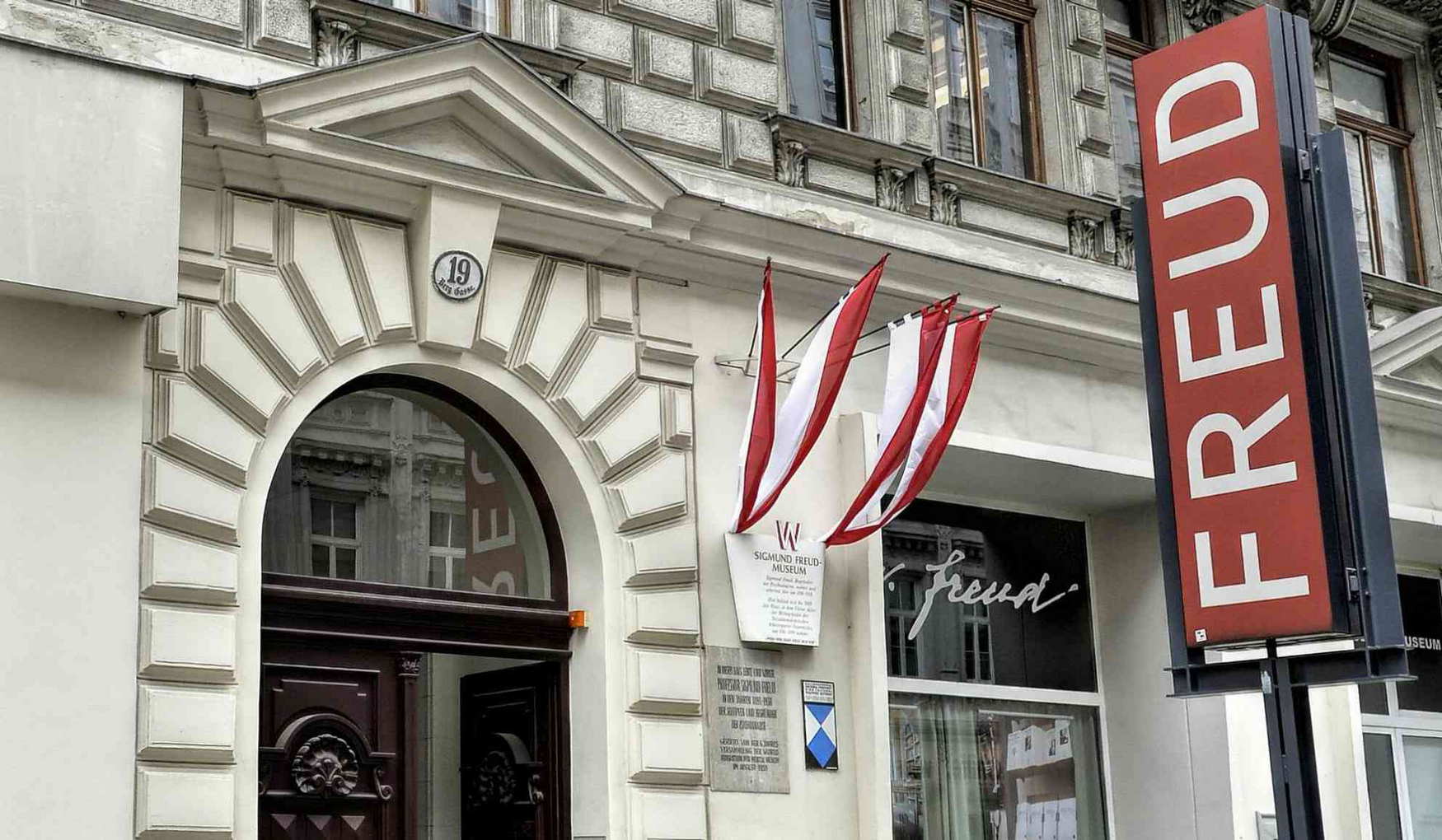House 19 on Berggasse is a typical building in the centre of Vienna. One of its tenants made it unique: for almost half a century, it was the home and office of Sigmund Freud.
While the name of the scientist is familiar even to those not trained in psychology, few people know of his majestic and tragic fate. The Sigmund Freud Museum in Vienna, founded thanks to the efforts of Anna, the youngest daughter of the founder of psychoanalysis, helps to demystify the mystery.
What is more valuable here — the scientist's personal effects or the world's largest library of books on psychoanalysis? In any case, students who dream of becoming psychologists or psychotherapists will remember this trip to Vienna more than any other.
A museum where people read

Can you name a museum where you have to read the exhibits themselves, not the signs? That's the case at the Freud Museum. At the entrance to the museum there is still a pole with a huge FREUD inscription, a plaque at the entrance and a plaque on the first floor: "Prof. Dr. Freud, 3 - 4" — the scientist lived in the two flats next door.
One of the museum's rooms is particularly popular with readers: here you can pick up the works of Freud, his followers and his critics from the shelves.
There are also many documents to peruse: his university diploma and doctorate, his certificate of private practice, manuscripts of scientific papers, first editions of books and newspaper articles about Freud.
It will come as a revelation to many that Freud coined the term "cerebral palsy", that he researched speech disorders, that he studied cocaine as an anaesthetic (and subsequently suffered from cocaine addiction).
But the titles of Freud's major works may sound familiar: The Interpretation of Dreams, Beyond the Pleasure Principle, Totem and Taboo.
A history in faces
There are many pictures in the Freud Museum. Many of them show Freud himself, young and old, with his wife and children, surrounded by like-minded people. Connoisseurs may recognise the scientist's close associates — Shandor Ferenczi and Carl Gustav Jung.
But there are many more unfamiliar faces in the photographs: the museum also tells of the era in which the psychoanalyst was born.
The old photos show the aftermath of the First World War, Vienna in ruins, the liquidation of Austria-Hungary, the political changes and finally the annexation of Austria by Nazi Germany.
Freud left the country in 1938 and spent the last year of his life in London.
A documentary film about Freud is shown on the tour.
The Sigmund Freud Museum in Austria is not the only museum dedicated to the life and work of the psychoanalyst. There is a similar museum in London, where the scientist lived for a year after being forced to emigrate from Vienna. In the Czech town of Příbor, Freud's birthplace, there is a museum and a hall of remembrance. And the most original exhibition, the Freud Dreams Museum, has opened in St Petersburg.











